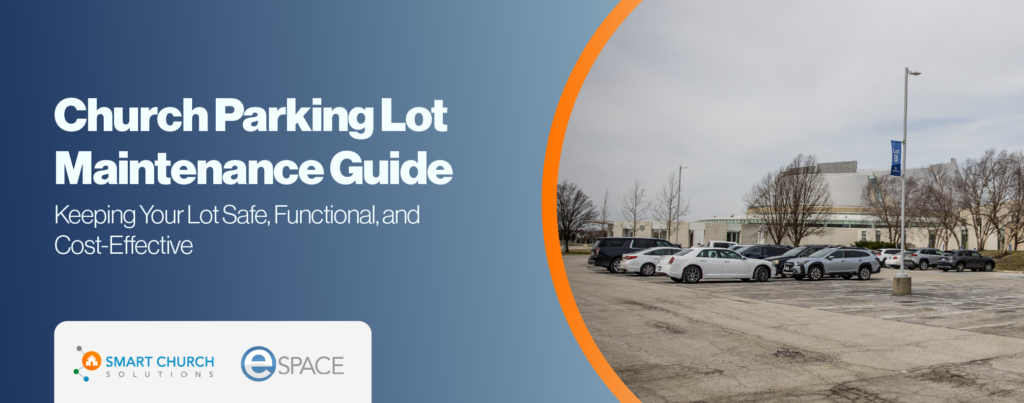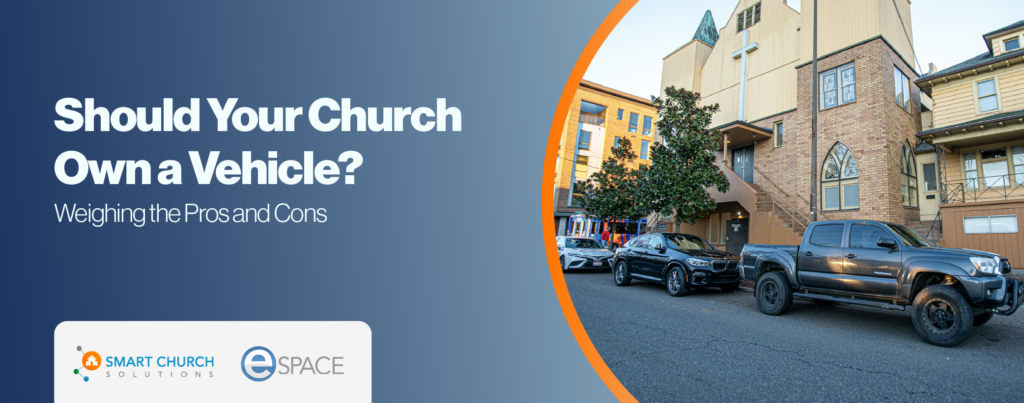I am a big fan of the men in the Rainer Family…you know…Thom, Sam, Jess and Art. These men have been a great encouragement to me and their support of our work has been incredible. We have posted blogs in the past from Thom and Sam…but not Art…until now. We are excited to have a blog by Art Rainer. Art’s passion for Biblical Financial Stewardship is infectious and it so mirrors our passion for Facility Stewardship (aren’t they really one in the same???).
Thanks Art for sharing your wisdom, passion and heart!
In personal finances, we all know how important it is to have an emergency fund. Unforeseen, costly events happen. Sometimes they are relatively small—a tire goes flat or a washing machine stops working. Sometimes they are big—a job is lost. Having money set aside for these purposes is key to financial health.
But what about churches?
Churches face a similar predicament. The inevitable unforeseen cost is just around the corner.
Capital reserves are funds set aside, specifically for facility improvements or repairs. And sufficient funds set aside for these improvements or repairs are the result of very intentional planning.
[pullquote]
“To start setting aside funds for future capital needs, church budgets must include a line item dedicated to accomplishing this goal.”
[/pullquote]
To start setting aside funds for future capital needs, church budgets must include a line item dedicated to accomplishing this goal.
Here are a few reasons why every church budget should include a capital reserve line item:
- Church facilities tend to get older, not younger. This may surprise you, but your church facilities will not improve on their own. Unfortunately, many churches budget as if their facilities will never deteriorate, that the air conditioning unit will work forever. Having a capital reserve line item acknowledges reality—facilities get worse over time, not better.
- You never know when a major capital expense will hit. Our best plans fail, even for capital repairs. Many church facility problems come as a complete surprise. You didn’t anticipate the roof leaking that day. You thought you had, at least, another year on your air conditioning unit. But here you sit, in a hot, leaking church building. A capital reserve line item helps ensure you have money set aside for unfortunate surprises.
- Capital reserves will increase confidence and decrease stress. Capital reserves increase you and your church members’ confidence that the budget will not be derailed by a major facility expense. Capital reserves also decrease the stress that comes from knowing you are not prepared to withstand an unforeseen capital expense.
- The absence of capital reserves will cannibalize ministry funds. When expenses must be reduced because of an unforeseen capital expense, it is the ministry budgets that typically take the largest hit. This happens because ministry budgets are typically not seen as a fixed cost. Variable expenses, like ministry dollars, are almost always reduced before a church’s fixed costs.
Churches need funds set aside for capital expenses. Some of these expenses are anticipated, while others come as a complete surprise. To start saving money for inevitable repairs and improvements, make sure to include a capital reserve line item in your budget.
Envelope3.com is a website dedicated to helping churches better understand their budget. A church budget is a vital, but often overlooked, tool for church leaders. A church budget is a blueprint for mission. Church leaders can get their church budget analysis and comparison for only $19.97! Be sure to check it out.

Living in Wake Forest, NC, Art’s curiosities center on faith-infused leadership, marketing, and life observations. Such interests fueled his authoring of several articles and two books, Simple Life and Raising Dad.
Art earned his Master of Business Administration at the University of Kentucky and is currently a doctoral candidate in business administration. Art serves as the Vice President for Institutional Advancement at Southeastern Baptist Theological Seminary and is co-owner of Rainer Publishing.








